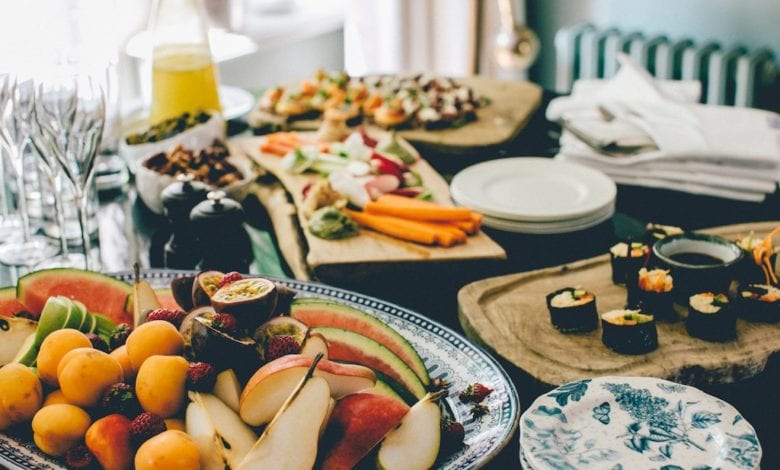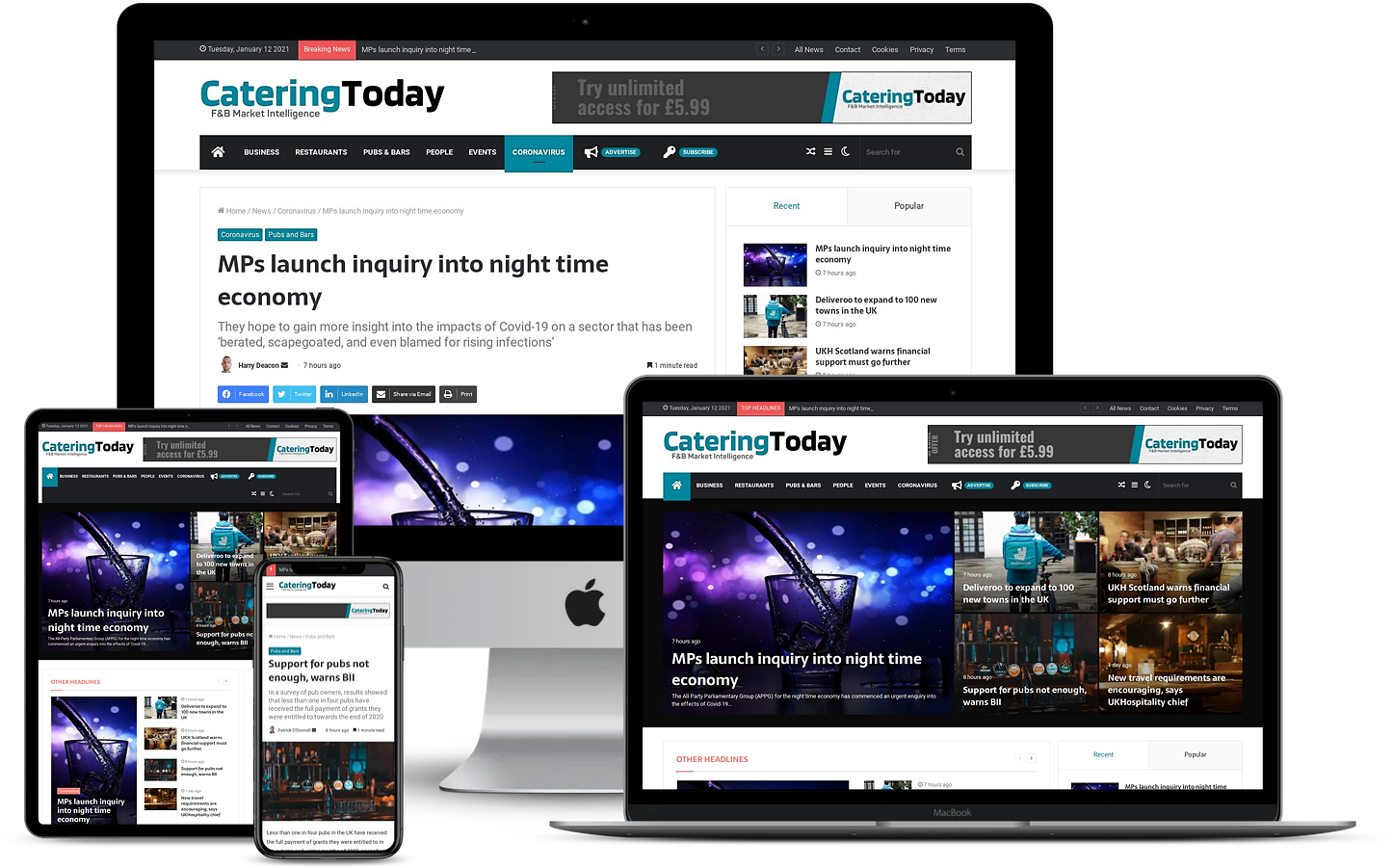
Business networking events are an important strategic marketing opportunity for all companies, including small enterprises. But in an effort to impress important clients and valuable industry contacts, the temptation to overspend on hospitality and catering is huge.

